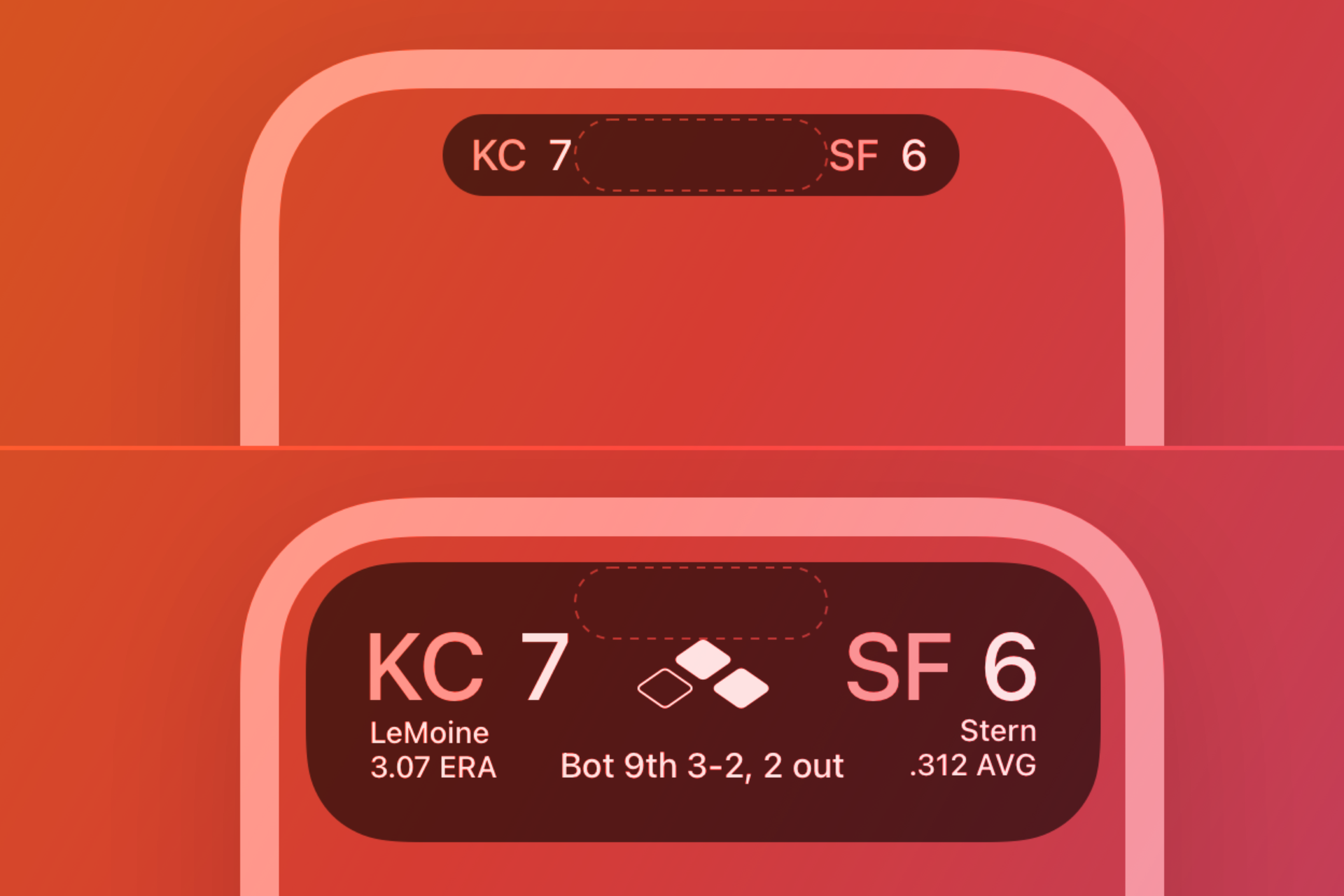
Newsletter
Newsletter
In this week’s bulletin, we highlight a review of media companies’ constant experimentation with their subscription pages.
31st August 2022

In the Pugpig weekly media bulletin, Pugpig’s consulting services director Kevin Anderson distills some of the best strategies and tactics that are driving growth in audiences, revenue and innovation at media businesses around the world.
As David Tvrdon of The Fix points out, major tech firms like Amazon, Microsoft, Google and Facebook carry out thousands of product experiments each year. And these tests help drive business success, with David highlighting how one experiment Microsoft carried out with its Bing search engine increased revenue by $100m a year in the US.
Sign up to get the Media Bulletin in your inbox.
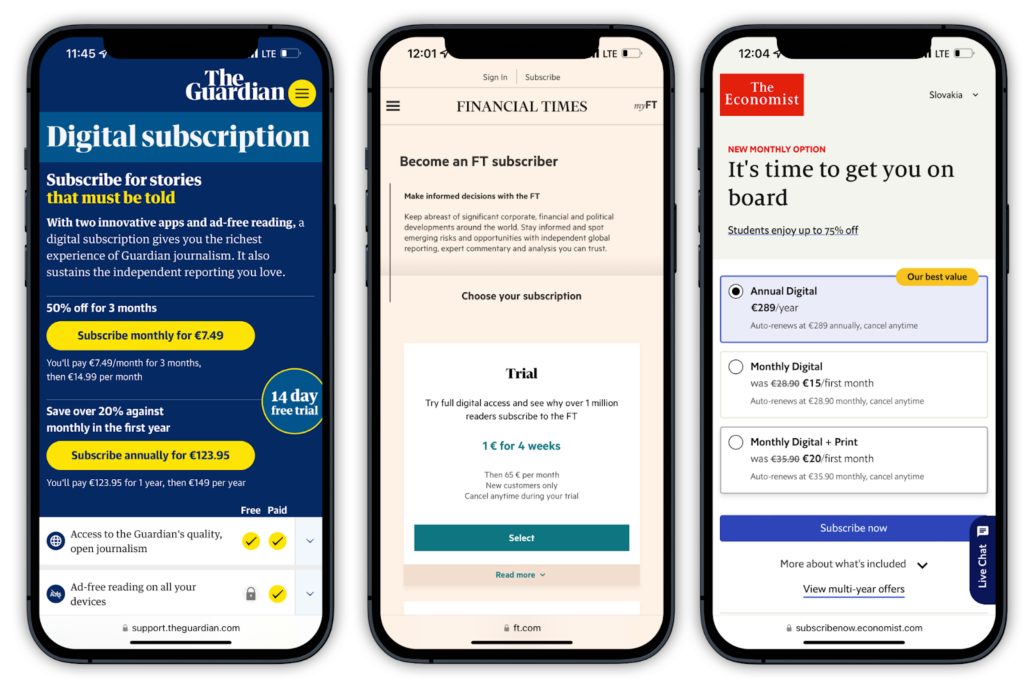
As more news and media organisations have become product led, they too have embraced a culture of constant improvement. User research and testing, A/B tests and other forms of focused experimentation have allowed them to refine their user experience and increase their revenue.
To intuit how media companies have been testing and experimenting with their subscription pages, David looked at how these offer pages have evolved over the years at various news organisations in the US, the UK and Europe. Some outlets have changed their subscription offer pages frequently over the years, while he noted that The Guardian’s hasn’t changed as much. As he points out, that’s probably because the call to action is on every article page. I have noticed subtle changes in those CTAs over the years. I remember one iteration in which they highlighted how many stories that I had read that year as a way to emphasise the value that I perceived from their journalism.
He compared the relatively stable main subscription page at The Guardian with those at the New York Times, the Wall Street Journal and Germany’s Bild. Those outlets have changed their offer pages almost every year for the past five to seven years.
In his analysis, he found more differences than he thought he would in subscription pages, leading him to conclude that “every publisher is charting its own path to success”. He did spot one trend: towards greater simplicity, with less text, and a larger ‘subscribe’ button. But the larger point is that publishers’ subscription pages, their trial offers and their calls to action are always being tested and tweaked. It is not a blind process but rather one of intentional experimentation and evolution to keep their subscription businesses growing.
Reynolds Journalism Institute Student Innovation Fellow Sydney Lewis has a classic case study of how to set and achieve a SMART goal, one that is specific, measurable, achievable, relevant and time-bound. Working with NOLA.com, the news website for News Orleans, she and the team set three goals for a new newsletter:
What follows is a text-book set of tactics for product management in the service of newsletter growth. They started with audience research and found that there was demand for a newsletter covering local businesses. They used every promotional option available to them including organic and paid social media, cross-promotion in their other newsletters, outreach to local business groups like chambers of commerce and promotion of the newsletter in business stories on the site so that they would be reaching an interested audience.
One tactic is worth highlighting is the use of paid social on Facebook, which drove 1000 sign ups alone for their newsletter at only 50 cents per subscriber. It’s a great way to use Facebook’s targeted advertising tools to benefit your own business.
With local journalism under pressure both in the US and the UK, there are a few models that get trotted out as the fiendishly simple way to solve the industry’s ills. One model is the iTunes for news model, the idea that if news outlets sold articles individually as Apple sells music tracks, that newspapers would be similarly as successful as the computer and personal technology maker. Nieman Lab’s Josh Benton takes aim at another model: Let’s call it the Green Bay model (for US football fans) or the Barcelona model (for football fans). For the purity of the metaphor, it’s probably best to focus on the truly unique ownership model of Green Bay Packers, not to mention the decidedly anti-American business model of the NFL. As Josh points out, Green Bay is an outlier when it comes to cities with NFL teams. It’s a city of only about 80,000 people with an open-air stadium in a frigid northern city, and it’s unique in that its fans are its owners. I know up close and personally how fanatical its fan-owners are. My Dad is a shareholder, and I lived in Wisconsin, only a 90-minute drive from Green Bay. Even local pastors mention the Packers in the pulpit, such is the nearly religious following the team enjoys.
The dream for journalists is that they could bottle that community devotion and put it to the service of local journalism. Josh highlights a few reasons why the Green Bay model isn’t so easily applied to news.
It’s a great piece, and Josh is sympathetic to those who are trying the community model. But he’s right to point out how the Green Bay model has so many unique features that it isn’t a simple case of copy and paste for local news organisations. And Josh boils down the challenge for adapting the model to journalism thusly: Green Bay’s community model is a by-product of a local fanbase. Then the question becomes for local news entrepreneurs: How do I go from launch to fanatical community support? Discuss.
Here are some of the most important headlines about the business of news and publishing as well as strategies and tactics in product management, analytics and audience engagement.

Newsletter
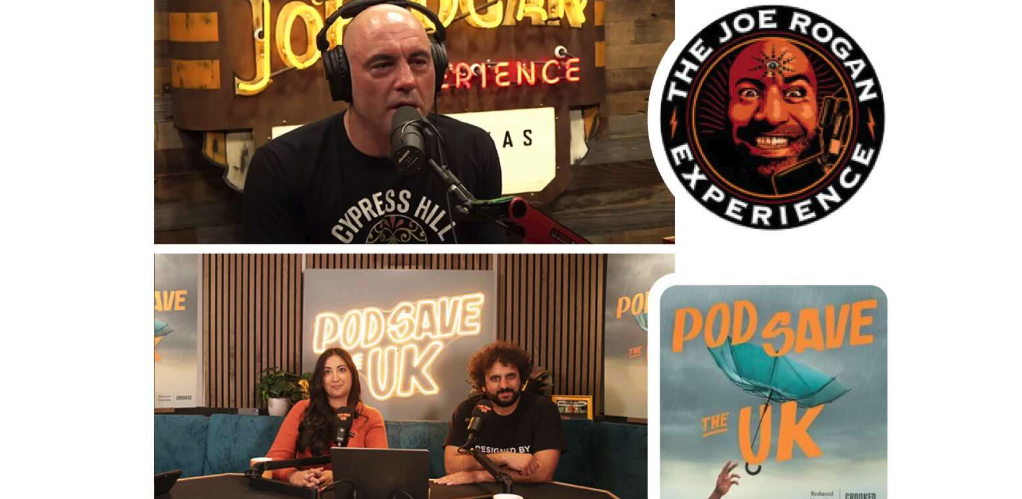
Newsletter
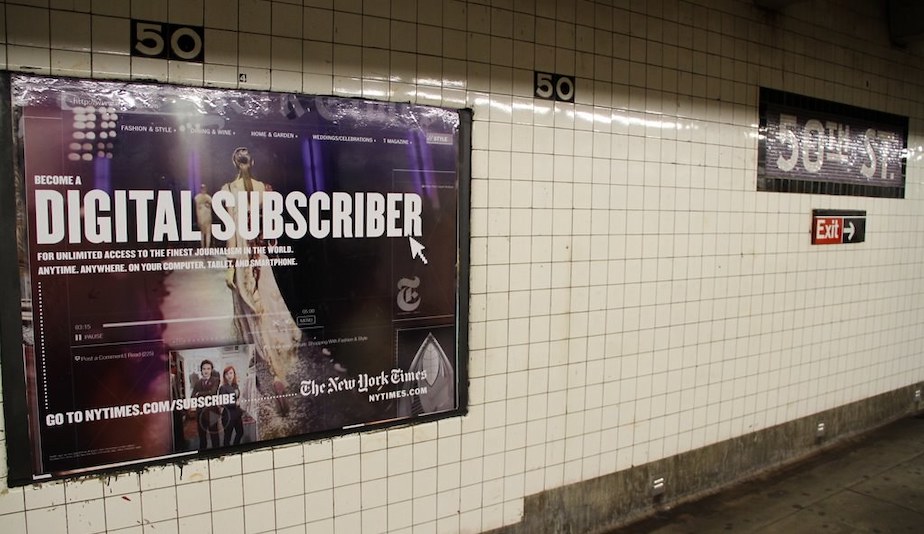
Newsletter
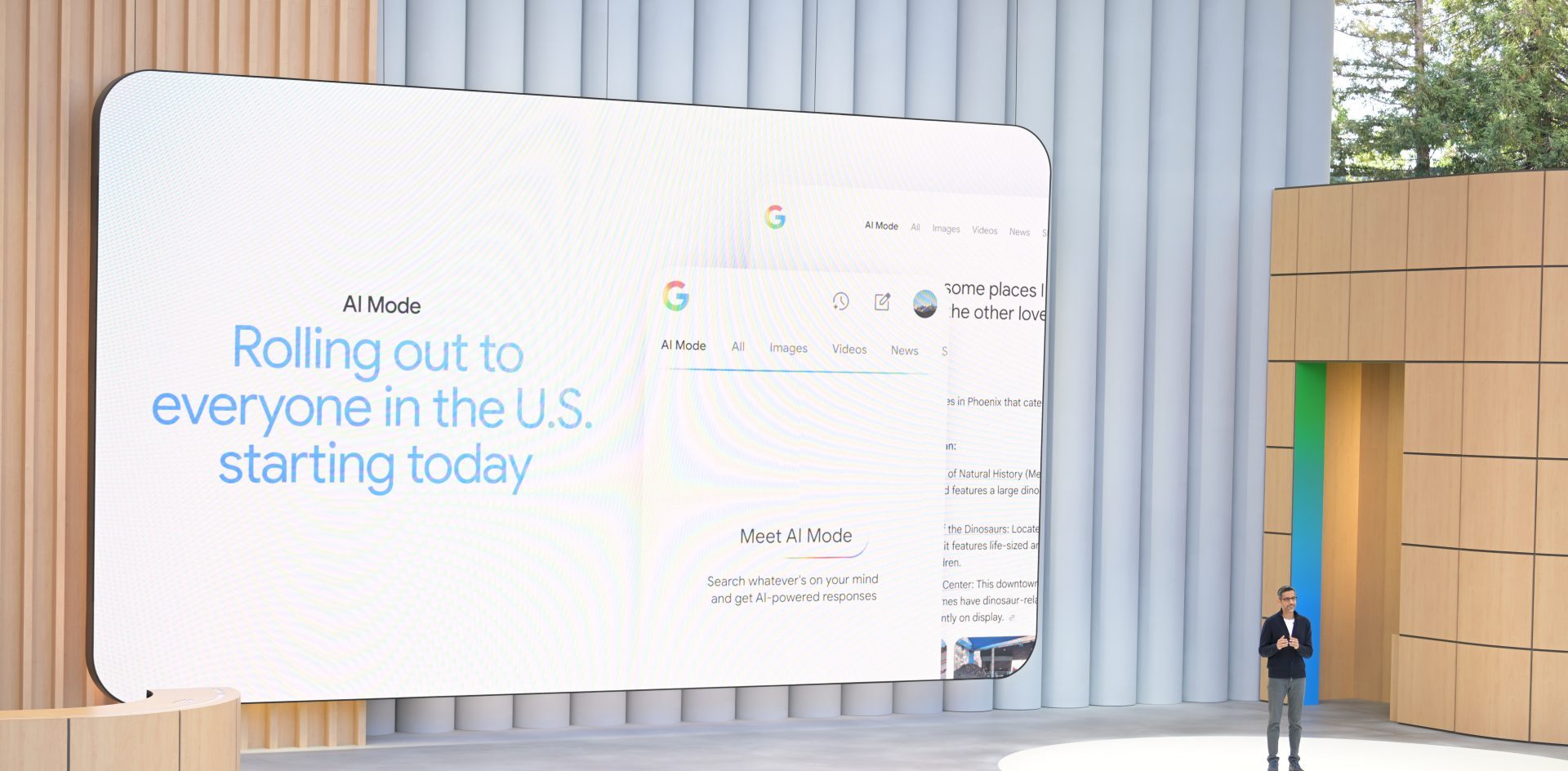
Newsletter
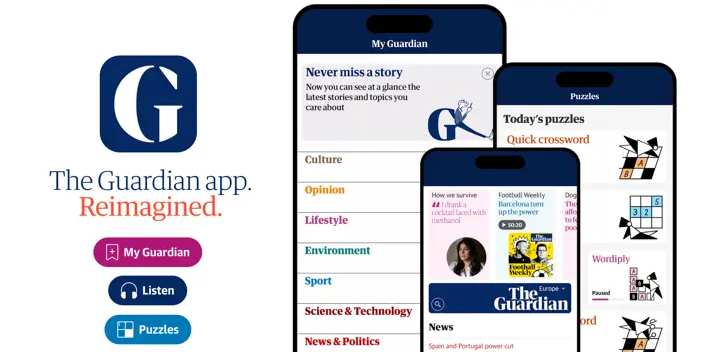
Newsletter